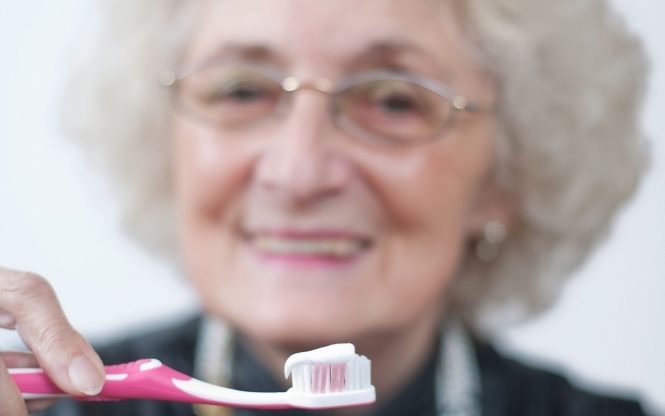

Yellowing teeth can be a frustrating problem, especially when you diligently avoid foods known to stain them. This article dives into the complexities behind this issue, identifying potential culprits and offering effective solutions to address yellowing teeth. We’ll explore the reasons why your efforts to maintain a healthy smile are thwarted by persistent yellowing despite a careful diet. We’ll also delve into different approaches for combating yellowing teeth, from lifestyle adjustments to professional dental treatments. This guide provides actionable steps, backed by evidence, to achieve a healthier, brighter smile.
Understanding the Root Causes of Yellowing Teeth
Internal Factors Affecting Tooth Color
Tooth discoloration can stem from internal or external sources. Internal factors, originating within the tooth structure, can lead to a dull or yellowish hue. Factors like enamel hypoplasia—a developmental defect—or internal tooth damage—which often manifests after trauma—can result in intrinsic staining that is difficult to treat without professional intervention.
External Factors: The Role of Diet and Environment
External factors, on the other hand, encompass the environmental and dietary impacts on teeth. Foods and drinks high in pigments like tannins (found in red wine, coffee, tea) and certain fruits and vegetables can stain teeth over time, causing extrinsic yellowing. Smoking is another notorious culprit, depositing stains onto the tooth enamel. Improper oral hygiene also allows the buildup of plaque and food debris, promoting staining and contributing to yellowing.
Lifestyle Choices and Their Impact on Teeth
The Importance of Consistent Oral Hygiene
Maintaining consistent oral hygiene is crucial in preventing yellowing. Regular brushing and flossing removes food particles and plaque that can contribute to staining. Aim for at least two minutes of brushing twice a day, using fluoride toothpaste to strengthen enamel. Using an interdental brush or floss aid for cleaning between teeth is vital to reach those hard-to-reach areas. Using mouthwash regularly can help eliminate food particles and keep teeth cleaner.
The Role of Diet in Teeth Staining
Your diet plays a significant role in the health and appearance of your teeth. While avoiding obvious stain-causing culprits like coffee and red wine is helpful, a closer look at other foods and drinks can be instructive. Some foods and beverages, though not as obvious culprits, might still stain teeth. By paying attention to these seemingly innocuous choices, you can take preventive measures.
Professional Dental Interventions for Yellowing Teeth
Professional Teeth Cleaning and Whitening Procedures
Professional teeth cleaning from a dental hygienist can remove surface stains and plaque buildup, restoring a more natural tooth color. Professional whitening treatments, including in-office and at-home options, can help lighten teeth, addressing underlying yellowing or staining. In-office whitening uses concentrated bleaching agents for faster results, whereas at-home options typically involve customized trays for controlled bleaching.
Discussing Treatment Options with Your Dentist
Consult a dentist to determine the best course of action for your specific needs. The dentist can assess the cause of the yellowing and recommend a tailored approach. This could include professional cleaning, whitening treatments, or other procedures to improve your smile’s appearance. A personalized discussion can help you understand the different approaches.
Beyond Diet: Addressing Underlying Issues
Identifying and Treating Underlying Dental Conditions
Certain underlying dental conditions can contribute to yellowing teeth. Problems like erosion, cavities, or fillings can create discolorations that appear yellow or even darker tones. Addressing these underlying issues through proper dental care is essential for maintaining oral health and a vibrant smile. Early identification and treatment can prevent further complications and maintain the health of your teeth.
The Connection Between Oral Health and Overall Health
Oral health is closely linked to overall health. Conditions such as gingivitis or periodontal disease can exacerbate yellowing, creating a vicious cycle. Maintaining consistent oral hygiene and regular dental checkups ensures that any issues are detected and treated promptly, preventing these issues from affecting your overall well-being.
Maintaining a Bright Smile Over Time
Building a Long-Term Oral Care Routine
Establish a long-term oral care routine to maintain your teeth’s brightness over time. This includes brushing and flossing regularly, and regularly scheduling checkups with your dentist, and incorporating preventive measures. Regular cleanings and professional treatments help in maintaining the optimal results of any whitening therapies.
Staying Informed and Adapting to New Research
Staying informed about the latest research and advancements in dental care can enhance your strategies to prevent and address yellowing teeth. New products or techniques can emerge, and incorporating these advancements into your oral hygiene routine can enhance your smile over time.
This section will be added later. It should include multiple subheadings based on the content created in paragraph sections 3, 4, and 5.
This section will be added soon after further research, based on the generated content.
In conclusion, the frustrating journey of yellowing teeth despite avoiding staining foods often stems from a combination of factors beyond dietary choices. Addressing these issues requires a multi-pronged approach, combining consistent oral hygiene, professional cleaning, and potentially, a consultation with a dentist for personalized solutions. Consult a dentist for a tailored plan to combat the issue of yellowing teeth and maintain optimal oral health. Don’t let the frustration of yellowing teeth deter you; take proactive steps today to achieve a brighter, healthier smile.